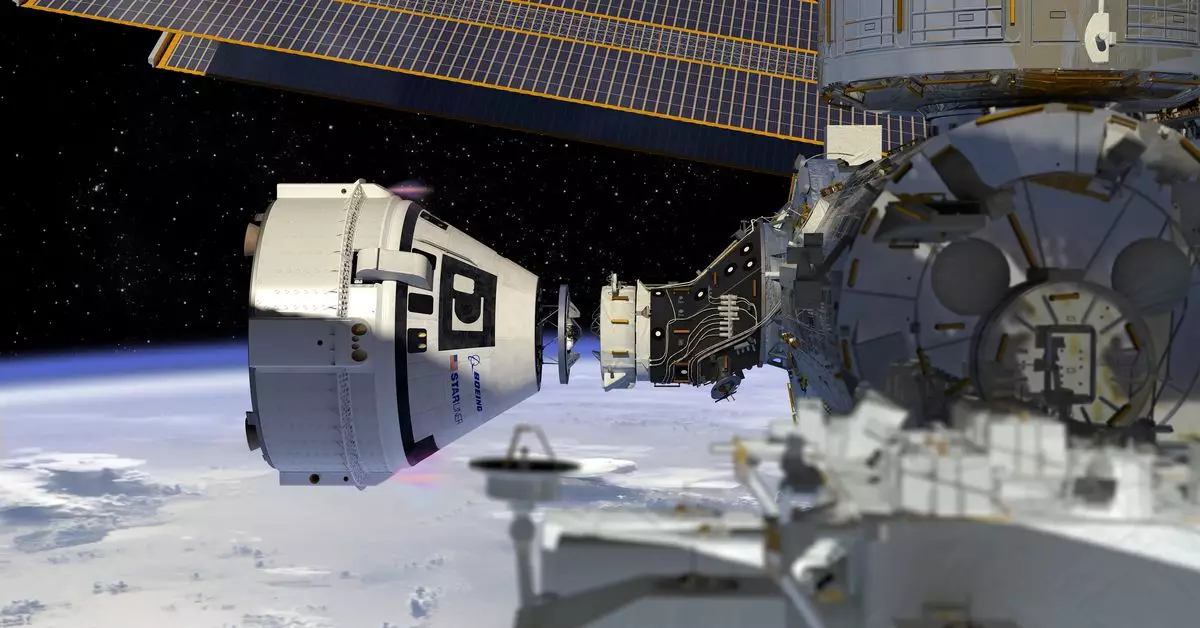NASA administrator Bill Nelson recently announced that US astronauts Sunita Williams and Barry Wilmore will return next February with the SpaceX Crew-9 mission after an extended stay aboard the International Space Station (ISS). This decision came after NASA evaluated the data gathered over the summer and identified the uncertainty surrounding the prediction of the thrusters on Boeing’s Starliner spacecraft.
NASA Commercial Crew Program manager Steve Stich expressed concerns about the reliability of Starliner’s thrusters, stating that the data indicated too much uncertainty in predicting their performance during crucial maneuvers. The potential for thruster failures during undocking, de-orbit burn, and separation sequence posed a significant risk to the crew onboard, prompting NASA to opt for an uncrewed test flight of the spacecraft.
In response to questions regarding NASA’s future collaboration with Boeing, NASA Associate Administrator Ken Bowersox acknowledged the challenges faced in making the decision to return the astronauts via SpaceX Crew-9. Despite tense discussions and emotional investments in both options, NASA remains committed to working with Boeing. Bowersox highlighted the need to unify the team after a difficult decision and emphasized the importance of rebuilding trust with the aerospace company.
Evaluating Risk and Performance
Stich emphasized the importance of evaluating risk and performance when determining the course of action for crewed space missions. He noted a slight disagreement between NASA and Boeing in assessing the level of risk associated with Starliner’s thrusters, highlighting the differing approaches to crew safety and mission success. While acknowledging Boeing’s efforts in building a reliable spacecraft model, NASA prioritizes crew safety and operational performance above all else.
Originally intended for an eight-day mission aboard the ISS, the astronauts’ return plans were disrupted by thruster failures, helium leaks, and valve issues on Boeing’s Starliner spacecraft. These technical issues, compounded by deformed Teflon seals discovered at NASA’s White Sands Test Facility, raised concerns about the spacecraft’s overall reliability and safety for crewed missions. With limited access to the docked spacecraft, NASA had to weigh the risks of returning the astronauts via Starliner or assigning SpaceX’s Crew-9 mission for their return.
The decision to have astronauts Sunita Williams and Barry Wilmore return with the SpaceX Crew-9 mission reflects NASA’s commitment to crew safety and mission success. By prioritizing reliability and performance in spacecraft operations, NASA aims to ensure the successful return of astronauts from extended missions aboard the ISS. The collaboration between NASA, Boeing, and SpaceX highlights the challenges and complexities associated with crewed space missions, emphasizing the importance of continuous evaluation and improvement in space exploration endeavors.


Leave a Reply